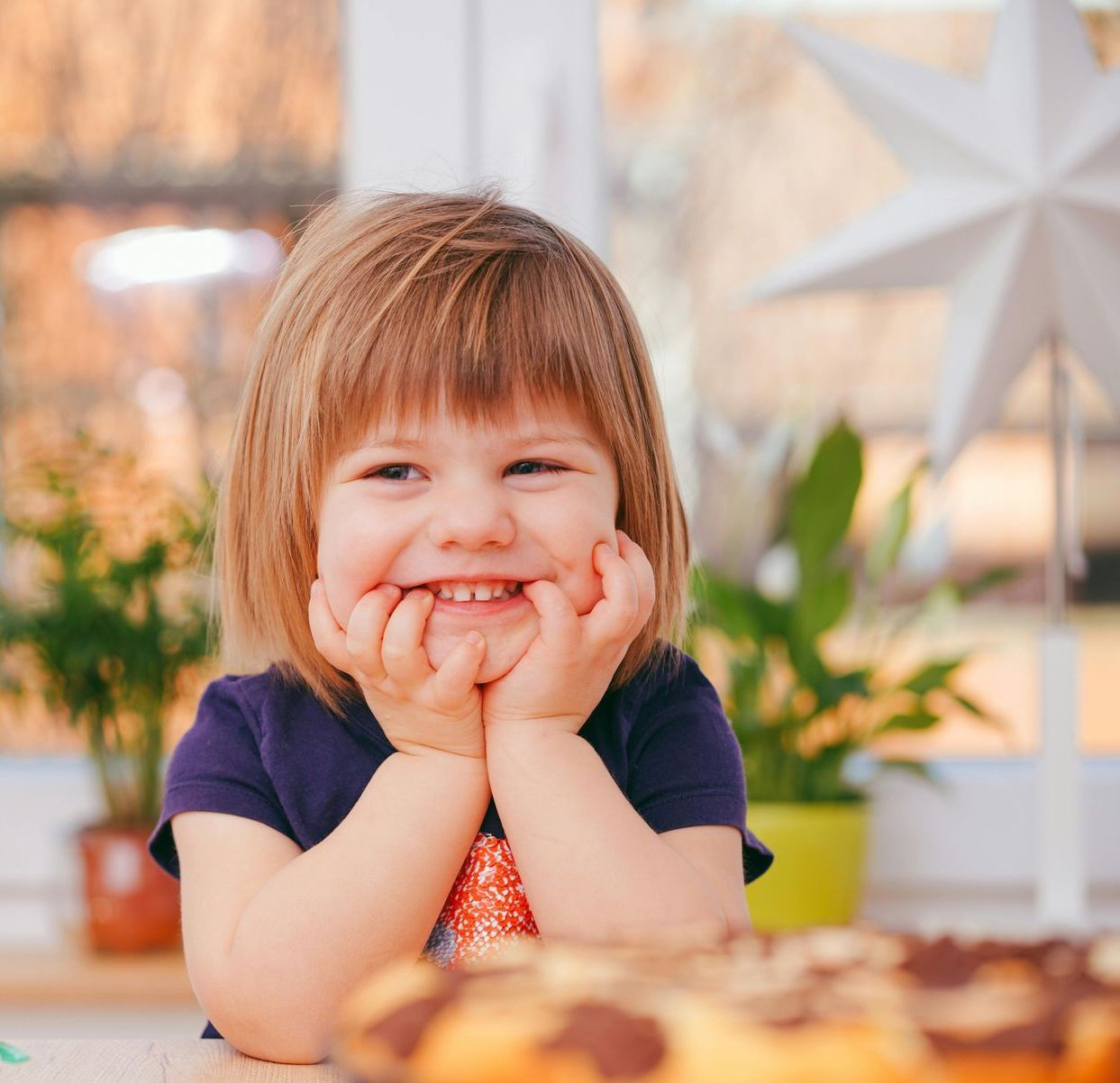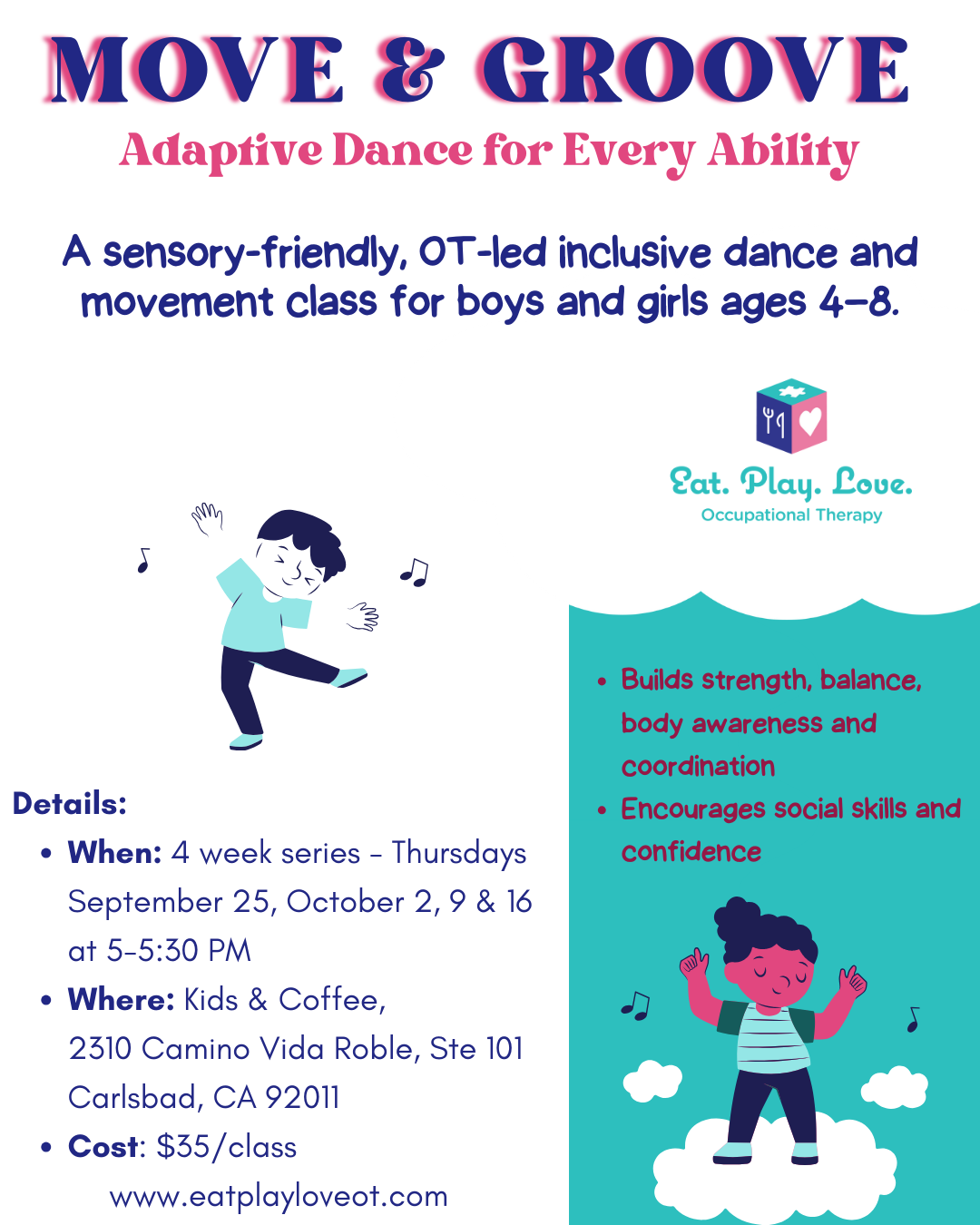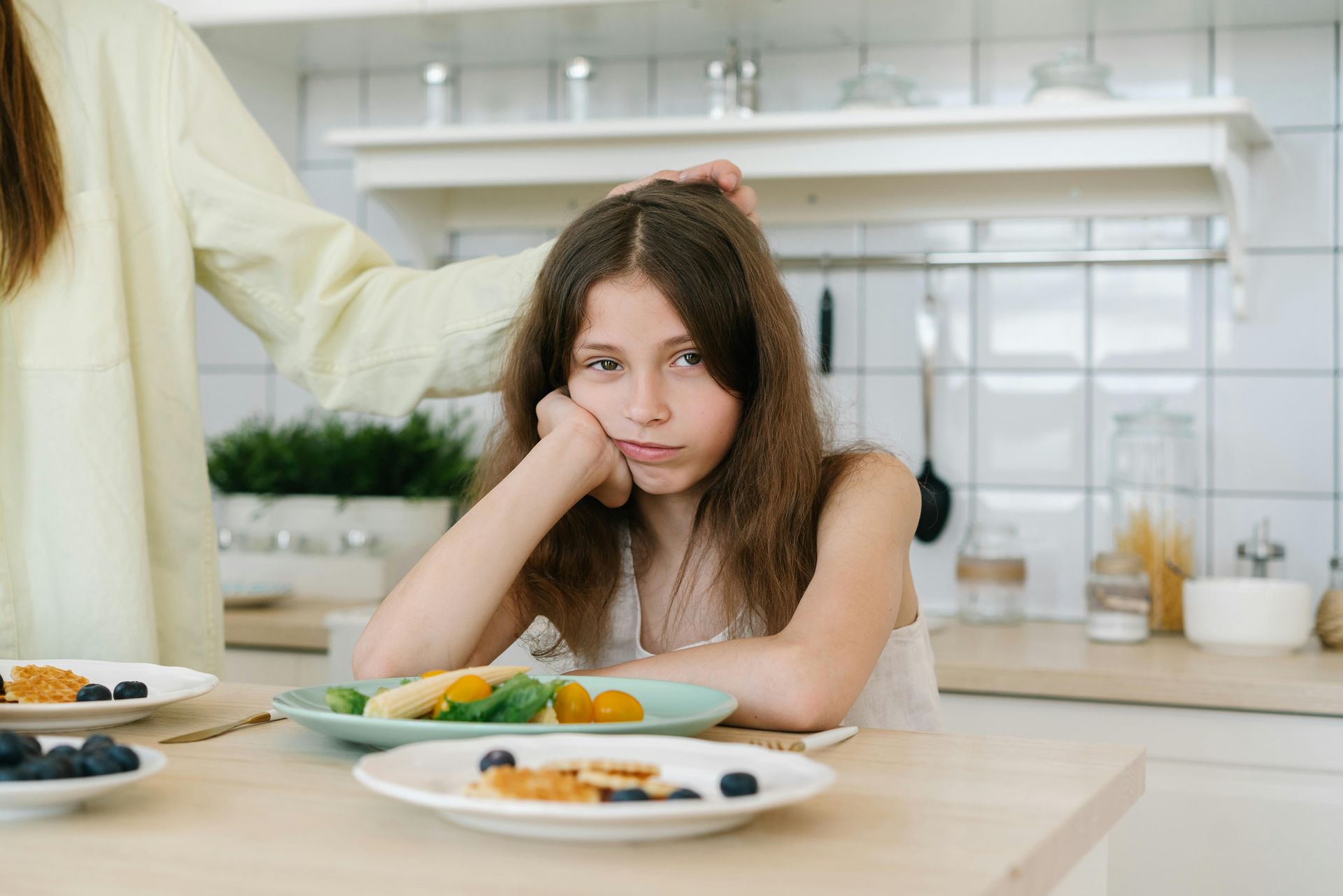The Importance of Teethers in Oral Motor Development and Feeding Skills
Teethers are for more than just teething!
As a Pediatric Occupational Therapist (OT) specializing in feeding, I see the significant role oral motor development plays in a child's overall ability to eat and speak effectively. One of the most beneficial tools in fostering this development is the teether. In this blog post, I’ll focus on how teethers support oral motor development and feeding skills, including gag reflex desensitization and tongue lateralization. I’ll also recommend some of my favorite prong-shaped teethers available on Amazon that can help your little ones thrive.
Why Teethers Are Essential for Oral Motor Development
1. Strengthening Oral Muscles
Teethers are invaluable in strengthening the muscles in the mouth, including the jaw, lips, and tongue. These muscles are crucial for chewing, swallowing, and later, for speech. The repetitive biting and chewing motions required when using a teether help build muscle tone and coordination, providing a strong foundation for future feeding skills.
2. Promoting Tongue Lateralization
Tongue lateralization, the ability to move the tongue from side to side, is essential for managing food in the mouth and preparing it for swallowing. Teethers encourage this movement as infants explore different areas of their mouths. Prong-shaped teethers, in particular, can be very effective in promoting tongue lateralization because they naturally encourage the tongue to move and interact with the teether.
3. Desensitizing the Gag Reflex
The gag reflex is a protective mechanism, but in some children, it can be hypersensitive, leading to feeding difficulties. Introducing teethers can help desensitize the gag reflex by providing safe, controlled stimulation to the back of the mouth. Gradual exposure helps children become more comfortable with sensations in this area, reducing the gag reflex over time.
4. Encouraging Oral Exploration and Sensory Integration
Teething toys provide a safe and engaging way for infants to explore different textures and sensations with their mouths. This exploration is key for sensory integration, helping children process and respond to various sensory inputs. This, in turn, supports the acceptance of a wider range of food textures as they grow.
Choosing the Right Teether
When selecting a teether, consider the following factors:
1. Safety
Ensure the teether is made from non-toxic materials, free from BPA, phthalates, and other harmful chemicals. It should also be durable and not pose a choking hazard.
2. Texture Variety
Teethers with different textures provide varied sensory experiences, which are crucial for sensory integration and oral motor development.
3. Ease of Cleaning
Choose teethers that can be easily cleaned and sterilized. They should withstand frequent washing without degrading.
4. Design and Size
Select teethers that are easy for little hands to grasp and manipulate. Prong-shaped teethers are especially beneficial for promoting tongue lateralization.
Recommended Teethers on Amazon
Here are some of my top recommendations for teethers that support oral motor development:
1. Ark's Baby Grabber Teether
The Ark's Baby Grabber Teether is designed specifically to promote oral motor skills. Its prong shape encourages tongue lateralization and provides varied textures for sensory exploration.
Pros:
- Designed for oral motor development
- Encourages tongue lateralization
- Made from safe, non-toxic materials
2. Frida Baby Not Too Cold To Hold
This teether features multiple prongs that help soothe sore gums and promote tongue movement and you can place it in the freezer to help soothe incoming teeth. Its easy-to-hold handle makes it perfect for little hands.
Pros:
- Multiple prongs for varied sensory input
- Easy to hold
- Made from BPA-free materials
3. Comotomo Silicone Prong Teether
The Teether is a softer, more flexible teether with prong-like extensions that promote oral exploration and motor skill development. Its silicone material is safe and easy to clean. *a personal, and baby favorite*
Pros:
- Soft and flexible for gentle chewing
- Prong-like extensions for tongue movement
- Made from 100% silicone, BPA-free
4. Nuby Silicone Teethe-eez Teether
The Nuby Silicone Teethe-eez Teether features bristles that massage gums and promote tongue lateralization. Its lightweight and ergonomic design make it easy for infants to handle.
Pros:
- Prong-like bristles for varied sensory input
- Lightweight and easy to hold
- Made from BPA-free silicone
Cons:
- May require frequent cleaning to avoid buildup
- More anterior bite vs. lateral
5. Sofie the Giraffe
This silicone, easy to grasp teether is great for newborns through infancy.
Pros:
- Texture for varied sensory input
- Easy to grasp, with handles on both sides
- Dark, contrasting spots for baby to see
- Easily cleaned
How to Use Teethers Effectively
To maximize the benefits of teethers for oral motor development, consider the following tips:
1. Supervised Use
Always supervise your child when using a teether to ensure safety and to observe their responses. This allows you to adjust as needed based on their comfort and developmental progress.
2. Incorporate into Daily Routine
Integrate teether use into your daily routine, such as during playtime or in the high chair before meals. Consistent use helps make teething a natural part of your child's day.
3. Rotate Teethers
Rotate different types of teethers to provide varied sensory experiences and keep your child engaged. This also helps in identifying which textures and designs your child prefers.
4. Cleaning and Maintenance
Regularly clean and sterilize teethers to maintain hygiene. Follow the manufacturer’s instructions for cleaning to ensure the teethers remain safe and effective.
Conclusion
Teethers are more than just simple toys; they are essential tools that support your child’s oral motor, sensory, and feeding skill development. By choosing the right teether and incorporating it effectively into your child’s routine, you can help them navigate the teething phase more comfortably while laying the groundwork for successful feeding and speech development.
For more recommendations and tips on supporting your child's development, follow me on Instagram and check out my other blog posts. Happy teething!
*This is not to be replaced with medical advice. If you have concerns with your child's development, speak with their pediatrician.
*Amazon Affiliate Links.










